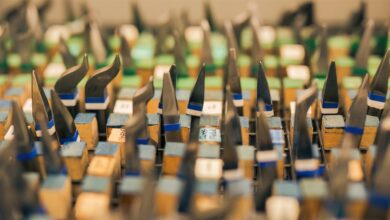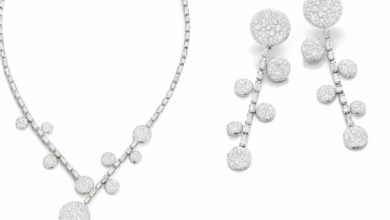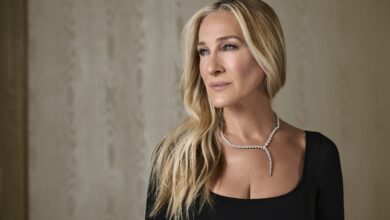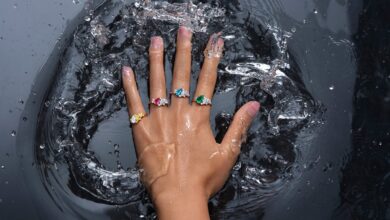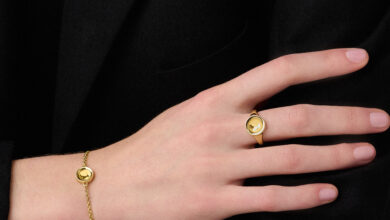Fabergé ‘Winter Egg’ to fetch over £20m at Christie’s London sale
Only 50 Imperial Easter eggs were made between 1885 and 1916, 43 of which survive
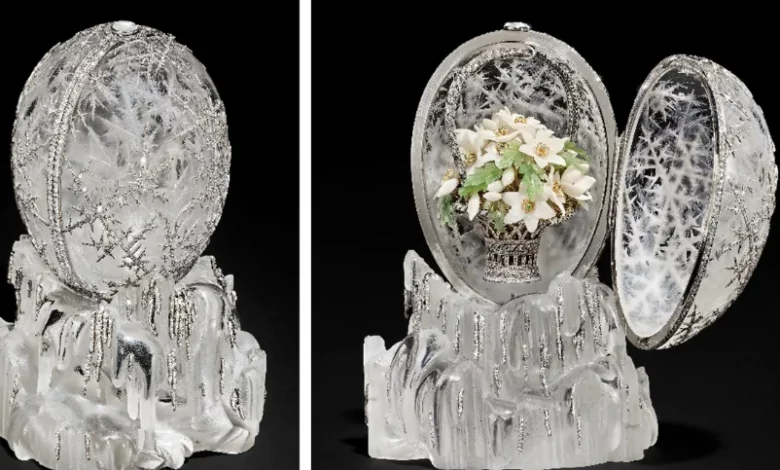
Register to get 1 free article
Reveal the article below by registering for our email newsletter.
Want unlimited access? View Plans
Already have an account? Sign in
The Fabergé Winter Egg is expected to fetch over £20m at Christie’s London sale on 2 December.
Commissioned in 1913 by Emperor Nicholas II as an Easter gift for his mother, Dowager Empress Maria Feodorovna, the piece was designed by Alma Theresia Pihl and executed by her uncle, workmaster Albert Holmström.
It is regarded as one of Fabergé’s most original creations, marking the 300th anniversary of the Romanov dynasty.
The Winter Egg, crafted from rock crystal and platinum and set with rose-cut diamonds, opens to reveal a platinum basket of carved quartz anemones with gold stems and nephrite leaves.
Commissioned at a cost of 24,600 roubles (£405,000), the egg symbolises the transition from winter to spring.
Alma Pihl, one of the few female designers at Fabergé, created two of the most celebrated Imperial eggs: the Winter Egg of 1913 and the Mosaic Egg of 1914, now in the Royal Collection.
She is said to have been inspired by frost patterns on her workshop window when designing the Winter Egg.
Only 50 Imperial Easter eggs were made between 1885 and 1916, 43 of which survive. Most are now in museums, with just seven, including the Winter Egg, still privately owned.
The Winter Egg has twice set world records at Christie’s: in 1994 when it reappeared after almost two decades missing, and again in 2002 in New York, when it sold for $9.6m (£7.15m). Its provenance includes ownership by British collector Lord Alington and Sir Bernard Eckstein before its disappearance in 1975.
The auction will also feature nearly 50 other Fabergé works from a princely collection, with estimates ranging from £2,000 to £2m, including hardstone figures, animals, objets de vertu and furniture.
Christie’s set the auction record for Fabergé in 2007 when the Rothschild Egg sold for £8.9m in London, and more recently achieved £5.2m for the Harry Woolf Collection in 2021.
Margo Oganesian, Christie’s head of department for Fabergé and Russian works of art, said: “With only six other Imperial Easter Eggs remaining in private collections, this is an extraordinary chance for collectors to acquire what is arguably one of Fabergé’s finest creations.”


